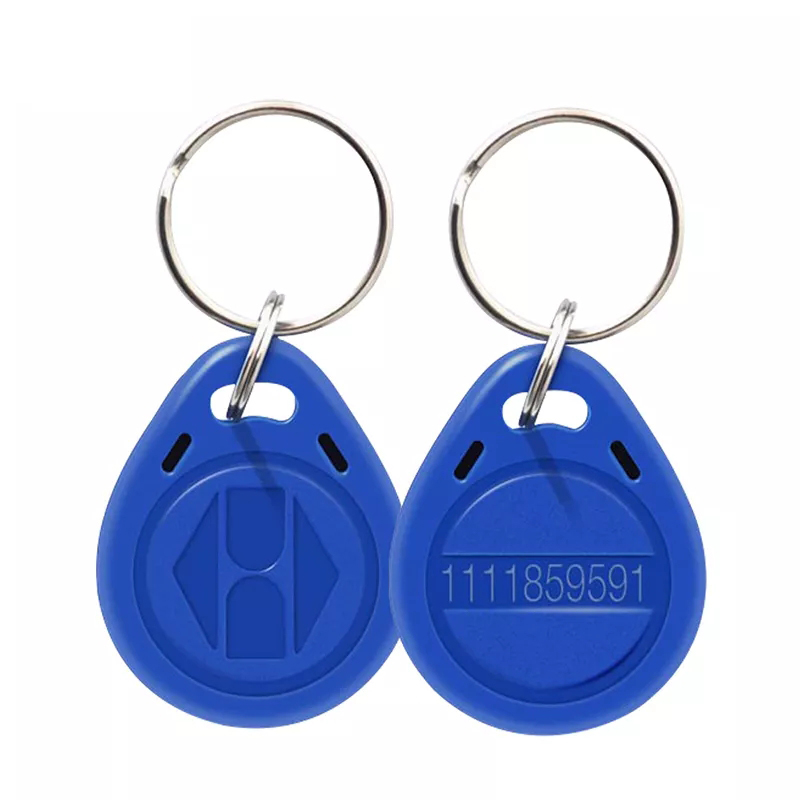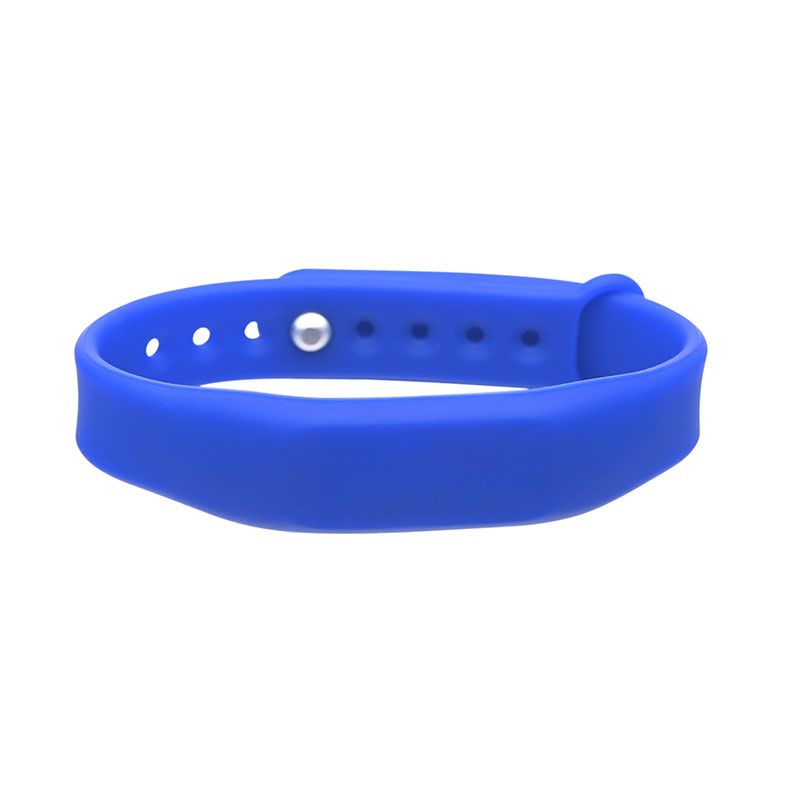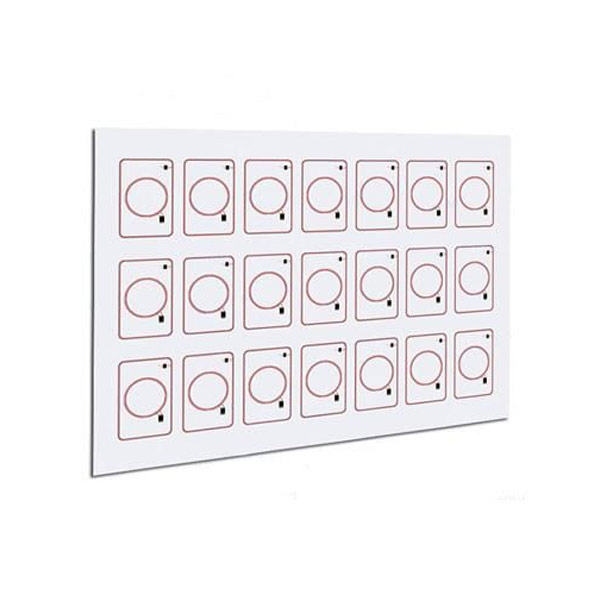RF card is composed of 330BIT chip, induction antenna, encapsulated in a standard PVC card, chip and antenna without any exposed part. It is a new technology developed in the world in recent years, which successfully combines the RF identification technology and T5577 card technology, ending the passive (no power supply in the card) and contact-free this problem, is a major breakthrough in the field of electronic devices. card in a certain distance range (usually 5-10mm) close to the read-write surface, through the transmission of radio waves to complete the data read-write operation.
At present the production RFID product many companies use their own standard, international has not unified standard. At present, several standards available for RF card are ISO10536, ISO14443, ISO15693 and ISO18OOO. the most applied is ISO14443 and ISO15693, these two standards are composed of physical characteristics, RF power and signal interface, initialization and anti-collision and transmission protocol four parts.
According to different ways to get, RF cards have the following classifications.
1. According to the power supply method is divided into active card and passive card. Active refers to the card has a battery to provide power, its role in the distance, but limited life, larger, high cost, and not suitable for work in harsh environments; passive card without batteries, it uses beam power technology to convert the received RF energy into DC power for the card circuit power, its role in the distance is relatively short active card, but long life and the working environment requirements are not high.
2. According to the carrier frequency is divided into low frequency RF card, medium frequency RF card and high frequency RF card. Low-frequency RF card mainly has 125kHz and 134.2kHz, medium-frequency RF card frequency mainly for 13.56MHz, high-frequency RF card mainly for 433MHz, 915MHz, 2.45GHz, 5.8GHz, etc.. Low frequency system is mainly used in short distance and low cost applications, such as most of the access control, campus card, animal supervision, cargo tracking, etc. Medium frequency system is used for access control and applications that need to transmit large amount of data.
High-frequency system is used for applications that require long read-write distance and high read-write speed, and its antenna beam direction is narrower and more expensive, which is used in train monitoring and highway toll system.
3. According to the different modulation methods can be divided into active and passive. The active type radio frequency card uses its own radio frequency energy to send the data actively to the reader; The passive type radio frequency card uses the modulation scattering way to transmit the data, it must use the readers carrier wave to modulate its own signal, this kind of technology is suitable to use in the access control or the traffic application, because the reader can ensure that only activates the radio frequency card within a certain range. in the case of the obstacle, with the modulation scattering method, the energy of the reader must come and go through the obstacle twice. and the active way the radio frequency card transmits the signal only passes through the obstacle once, therefore the active way works the radio frequency card mainly uses in the application which has the obstacle, the distance is farther (may reach 30 meters).
4. According to the action distance can be divided into close coupling card (action distance is less than 1 cm), close coupling card (action distance is less than 15 cm), sparse coupling card (action distance is about 1 meter) and long distance card (action distance from 1 meter to 10 meters, or even farther).
5. According to the chip is divided into read-only card, read-write card and CPU card.




